The Intel Lakefield Deep Dive: Everything To Know About the First x86 Hybrid CPU
by Dr. Ian Cutress on July 2, 2020 9:00 AM ESTLakefield CPUs and Devices Coming To Market
With Intel teasing Lakefield from late 2018 and stating 2020 availability, naturally we had been expecting an announcement at some point this year, and in early June the company officially announced the two processors that would be coming to the Lakefield family. Technically this is four SKUs, which I’ll get on to.
Both the parts feature ‘Core i5/i3’ branding, however they will not fall into a traditional Core generation naming. So where Skylake was 6th Gen Core, Comet Lake was 10th Gen Core, these are just ‘Intel Core Processors with Intel Hybrid Technology’. Rolls off the tongue, doesn’t it.
Both CPUs are the same silicon underneath, just with different core frequencies and GPU configurations with the Core i3 having it partly disabled.
| Intel Lakefield Processors | ||||||||
| AnandTech | Cores | Base Freq |
1C Turbo |
nT Turbo |
Gen11 IGP |
IGP Freq |
DRAM LP4 |
TDP |
| i5-L16G7 | 1+4 | 1400 | 3000 | 1800 | 64 EUs | 500 | 4267 | 7 W |
| i3-L13G4 | 1+4 | 800 | 2800 | 1300 | 48 EUs | 500 | 4267 | 7 W |
Intel confirmed that the base frequency and all-core turbo values are unified frequencies across all the cores, while the single core turbo applies to the Sunny Cove core. Support for LPDDR4X-4267 is given for both processors, and is a frequency notch above the support found in Ice Lake. The graphics is wide and slow, running at only 500 MHz, and both CPUs have a TDP of 7W. The amount of PoP memory does not affect the TDP.
However, it’s the PoP memory that will provide each one of these processors with two variants. The memory for Lakefield is being provided by a third party (Intel won’t say who, so I guess we’ll find out when we put the CPU in acid), and assembly is done by Intel. Intel will offer both processors in 4 GB and 8 GB configurations, running at a maximum memory bandwidth of 34 GB/s, indicative of dual 16-bit memory controllers. So despite the frequency of the memory being higher than Ice Lake, Ice Lake can address 4x16-bit memory controllers, giving an overall higher memory bandwidth.
Intel will debut these two SKUs in its first generation of Lakefield. Even those these CPUs are a 1+4 configuration, operating mainly in a 0+4 as mentioned on the previous pages, Intel is placing them in the premium market spaces due to the increased complexity of construction but also on the basis of the low idle power. Intel claims a 2-3 mW idle power (initially said 2 mW, then said 3 mW, then settled on 2.6 mW, depending on who you ask) while in connected standby modes. This will help any systems using them achieve long periods of sleep modes without needing to worry about casual drain.
As a result, these CPUs will find homes in premium, always-connected laptops, such as the Samsung Galaxy Book S expected in markets this month, the Lenovo ThinkPad X1 Fold, coming later this year, and in the Microsoft Surface Book Neo.
Samsung Galaxy Book S
As per our announcement piece:
First teased by Samsung late last year, the Lakefield-based version of the laptop is set to join their existing Qualcomm 8cx-based model, swapping out the Arm SoC for x86, providing a very interesting point of competition if we’re able to compare the two in the same chassis. The Intel Galaxy Book S will be the first device to ship with Lakefield, putting the new processor to the test in seeing if Intel can match the kind of all-day battery life that the existing Galaxy Book S is known for.
Taking a look at the specifications, the Intel-based version of the Galaxy Book S is a spitting image of the Qualcomm version. Samsung appears to be using the same chassis here, so the 13.3-inch laptop retains the same dimensions as the current model, as well as the same two USB-C ports. The battery capacities are identical as well at 42 Wh, and I expect that the Intel model is also using the same 1080p LCD. Curiously though, the Intel model does end up being ever so lighter than the Qualcomm model – Samsung puts the former at 950g, 10g lighter than the 960g Qualcomm model.
| Samsung Galaxy Book S Family | ||
| Galaxy Book S (Intel) | Galaxy Book S (Qualcomm) | |
| CPU | Intel Core with Hybrid Technology 1x Sunny Cove (Core) 4x Tremont (Atom) |
Qualcomm Snapdragon 8cx 4x Kryo 495 Gold @ 2.84 GHz 4x Kryo 495 Silver @ 1.8 GHz |
| GPU | Intel UHD Graphics | Adreno 680 |
| Display | 13.3 Inch, 1920×1080 Full HD Touchscreen |
|
| Memory | 8 GB LPDDR4X | |
| Storage | 256/512 GB eUFS + microSD Card Slot |
256/512 GB + microSD Card Slot |
| Networking | Wi-Fi 6 (802.11ax) BT 5.0 |
Wi-Fi 5 (802.11ac) BT 5.0 |
| Modem | Discrete LTE Cat 16 |
Integrated Qualcomm X20 LTE Cat 18 |
| Battery | 42 Wh | |
| Ports | 2 x USB-C 1 x 3.5 mm (phono/mic) |
|
| Dimensions | 305.2 x 203.2 x 11.8 mm | |
| Weight (Approx) | 950g | 960g |
| Price (USD) | N/A | Starts at $999 |
As for memory and storage, because the memory is part of the Lakefield package, Samsung is only offering a single 8GB configuration here. Unfortunately Samsung’s spec sheet doesn’t list memory frequencies, so we’ll have to wait and see what Intel has Lakefield’s memory clocked at. Meanwhile Samsung provides the storage, using 256GB or 512GB of their eUFS flash memory. To my knowledge this is the first x86 laptop to ship with eUFS, reflecting the mobile roots of the devices Intel is targeting with Lakefield. Further storage expansion is then available through a microSD card slot.
One specification that’s notably missing from Samsung’s announcement is the expected battery life of the Intel-based model, and this is perhaps going to be the most interesting aspect of Lakefield. Intel has worked very hard to get their idle power consumption down to be able to match what Qualcomm has achieved with the 8cx, with the company claiming that Lakefield draws just ~2-3mW at idle. At the same time, however, Lakefield lacks an integrated modem, and as a result Samsung is relying on an Intel Cat 16 external modem here. So in the battle of the Galaxy Books, Qualcomm will have the advantage in regards to requiring fewer chips.
As for other wireless connectivity, the new Intel model will ship with a 2x2 Wi-Fi 6 radio, giving it an edge there over the Qualcomm model with Wi-Fi 5. And both models ship with Bluetooth 5.0 support.
Rounding out the package, the Intel-based Galaxy Book S has a 720p webcam, a built-in microphone as well as Dolby Atmos-badged stereo speakers co-designed with AKG. The laptop also has a Windows Hello-compatible fingerprint reader. Price is currently unknown.
Lenovo ThinkPad X1 Fold
From our news announcement coverage:
The new Fold is a true high-end Thinkpad, with a flexible 13.3-inch OLED display split across the two halves of the design, essentially becoming the size of a notepad when folded. This means that when unfolded, it offers 2x more screen real estate than a Samsung foldable smartphone. The construction of the foldable display includes metal frames and supports combined with carbon fiber plates. The hinge mechanism claims to provide friction free folding, but also allows for rigid support at a variety of angles when unfolded like a standard clamshell.
When folded, the device is just over an inch thick (27.8 mm) at its widest point, but when unfolded becomes only 7.8 mm thick, or 11.5 mm with the included cover. The reason that the folded dimension is more than 2x the unfolded is because there will be a slight ridge on the hinge where the fold is, so the display isn’t crisply folded.
Inside the unit beats the heart of a properly built laptop. We’ve got one of the first new outings for Intel’s Lakefield processor, featuring 1 big Sunny Cove core and 4 smaller Tremont Atom cores, combined with Intel’s Gen11 HD Graphics (the ones that come with Ice Lake, although it doesn’t mention frequencies or EUs). Memory is a full 8 GB of LPDDR4X-2133 with storage provided by a standard M.2 2242 NVMe drive, although Lenovo will offer variants up to 1 TB. There’s an inbuilt 5 MP camera, and the battery is a proper 50 Wh, good for 11+ hours according to Lenovo.
The exact specifications on the display is a 13.3-inch flexible OLED with a 2048x1536 resolution, with brightness up to 300 nits and color gamut support up to 95% of DCI-P3. Touch is also implemented.
For IO, the device has two USB Type-C ports (one USB 3.1, one USB 3.2), and a Displayport over Type-C port for external displays. There is also a SIM slot in order to use the onboard modem. Lenovo lists the modem as 4G/5G, although doesn’t state which modem this is – it’s likely to be Qualcomm’s X55 at this point. The device also supports 802.11ax and BT5.0.
The price according to Lenovo is $2499 for the 1 TB model. All units will come with an Active Pen and an external keyboard in the box, and altogether the unit weighs 999g / 2.2 lbs (cover included). The keyboard can be off the notebook, or placed on one half of the screen:
The Lenovo ThinkPad X1 Fold looks like a crazy device that I’d love to test. Lenovo has a tentative date of ‘Mid 2020’ for the product, which will likely depend on display availability as well as Intel’s production of Lakefield processors.
Microsoft Surface Book Neo
Less is known about the Surface Book Neo. It was presented by Microsoft at an event in October 2019, featuring dual 9-inch screens and a fully rotatable hinge, and according to Microsoft’s website should be available by the end of the Holiday 2020 season.
The Neo is a true dual screen device, rather than something foldable, but will still use the external keyboard. We expect some form of pen support, and it should be running Windows 10X, a special build of Windows built for multi-screen devices like this one. However, it has been reported that Windows 10X has been delayed until next year due to the additional complexities of working from home during the pandemic as well as a focus more on single screen devices.


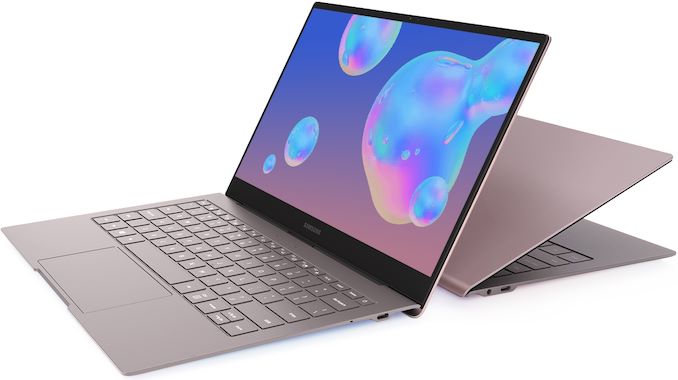
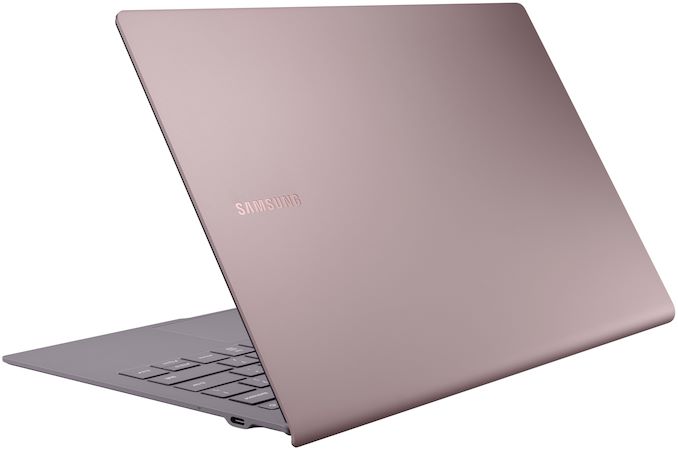
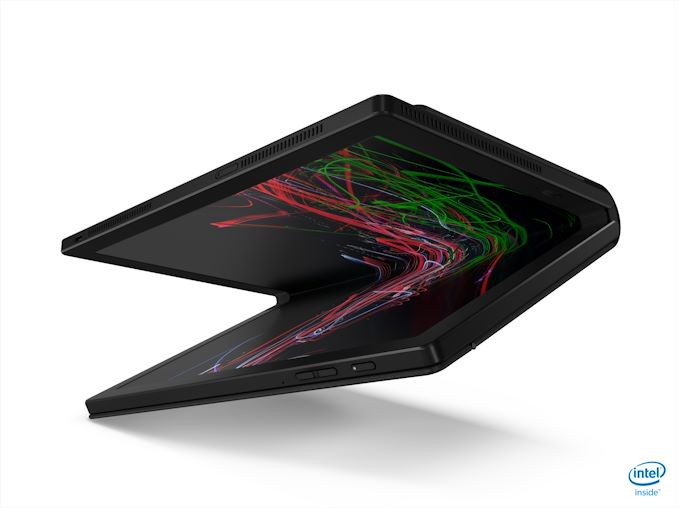
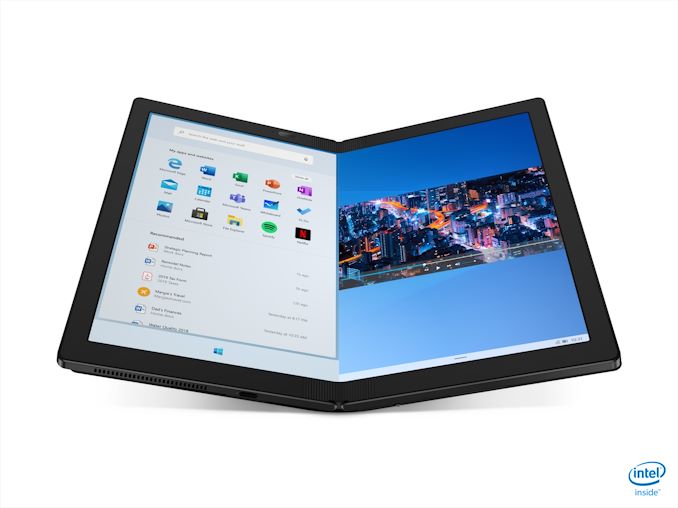
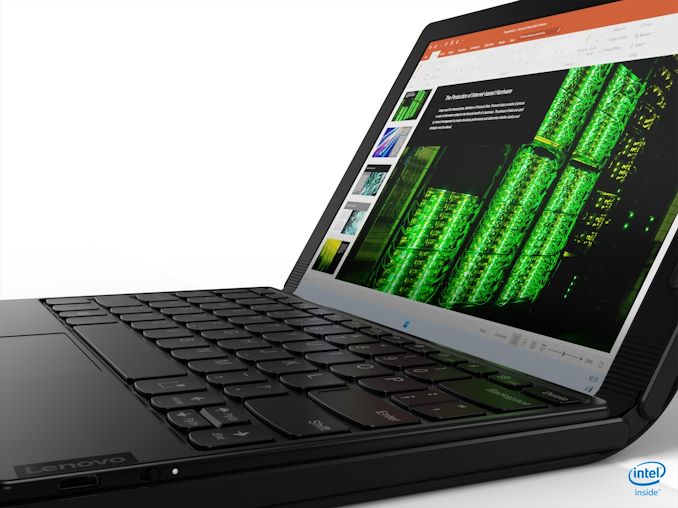
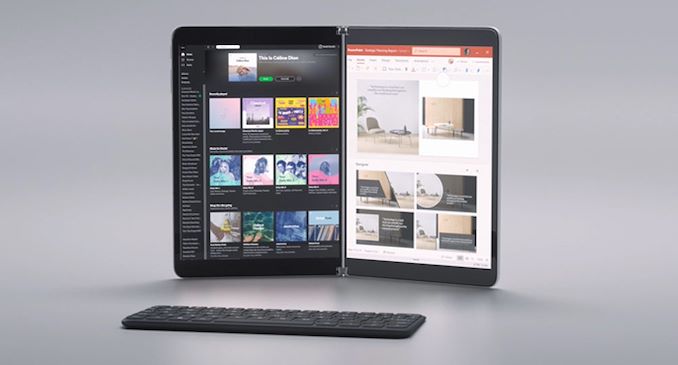








221 Comments
View All Comments
PaulHoule - Saturday, July 4, 2020 - link
@DrK,the engineering on this part is like what you'd get if you contracted out to Rockwell or Litton Industries for a brain for a Stinger missile. Compact, brilliantly packaged, with adequate performance, but no concern at all about thermal dissipation because the missile is going to hit or miss its target before the CPU fries.
Foveros is an expensive technology for a mass market device (cheap tablet) because the fabrication cost depends on the total area and there is an expensive step of stitching the chips together at the end. If you could avoid fabricating "glue" components and just snap together chips from a library this might be an amazing technology to build 500 of something at low development cost and time (e.g. weeks) If you have to make a new mask for the chip, however, it is a lot less fun.
So far as AVX the problem is as you say: "who cares about AVX?" Intel has shipped a backlog of features that people don't use because of overhead and complexity. As a software dev I get paid to work on certain aspect of my products, and maximizing performance with the latest instructions may or may not be on my agenda. If it is easy to do I will push for it but it means debugging compatibility problems it is a tough ask. "Optimal" performance for a range of users can mean shipping many versions of a function; the performance of loading, installing, updating, those libraries will be not in the least optimal.
Intel is like that Fatboy Slim album, 'We're #1, Why Try Harder?' The world has changed and Intel is not the #1 CPU firm any more. Intel has to get more Paranoid or it might not Survive.
Spunjji - Monday, July 6, 2020 - link
Why start with "I'm not one to criticise" and then do it? Clearly you are, and as a rhetorical flourish it's tedious in the extreme.1 - It's a first-gen product and it shows, but they're putting it in premium products.
2 - No deep-dive, for sure, but Intel's own figures are not very encouraging.
3 - Citation needed here. There's no sign of it being used outside of low-power premium devices.
4 - Who cares about AVX indeed! Tell that to the Intel fanboys pissing all over the AMD threads?
I'm entirely in favour of your final conclusion, but it's not really supported by the previous statements. 🤷♂️
Oxford Guy - Friday, July 3, 2020 - link
Bricklake or bust.Meteor2 - Friday, July 3, 2020 - link
Ultimately this is another attempt by Intel to stay relevant in a space where it's always struggled: mobile. With the progress being made by Apple, Microsoft, and Qualcomm using ARM, Intel is looking at losing an ever-growing chunk of what was the laptop market.But whatever Intel tries, bottom line is that ARM is more efficient than x86.
Beaver M. - Friday, July 3, 2020 - link
Thats not the issue. The issue is that theres not much software in that sector for x86.Valantar - Sunday, July 5, 2020 - link
A few errors in the article: 2 16-bit channels of LPDDR4X should be 2 32-bit channels of LPDDR4X, given that Renoir (with 4 32-bit LP4X channels at the same clock speed) delivers exactly 2x the bandwidth. Right?You should also proofread the pasted-in laptop descriptions; a lot of stuff in them clashes with the previous text.
Beyond that though: great article! Part of the reason why I love AT is for these technical yet understandable deep-dives. Looking forward to the next one.
Pixelpusher6 - Sunday, July 5, 2020 - link
Interesting choice to place the DRAM right over the core, seems like it would make more sense to move it next to the chip but on package. I guess my question is was it worth the complexity to implement this Foveros design to save a little space? It seems like they could have gotten the same benefit by using a traditional packaging i.e. with a little large package. Can you imagine paying $2500 like the price of that Lenovo and having Atom-esque performance?Pixelpusher6 - Sunday, July 5, 2020 - link
*largerFarfolomew - Monday, July 6, 2020 - link
Agreed on the DRAM placement. It seems really out of place. Another "dime size" piece of silicon right next to the Lakefield CPU doesn't seem like it would take up much more board space, and would alleviate a ton of the heat dissipation problems by allowing the compute-layer die to be directly connected to a heatsinkserendip - Monday, July 6, 2020 - link
It seems to be an interesting technical answer to a question nobody asked. Board space is a lot cheaper than what Lakefield would cost. It could also cost more for Intel to produce and they'd be stuck carrying multiple RAM SKUs.Heat dissipation could be a major issue. The slow chip could become even slower if it has to constantly throttle down because of thermal loads. Intel is sadly mistaken if this is supposed to be an ARM competitor.